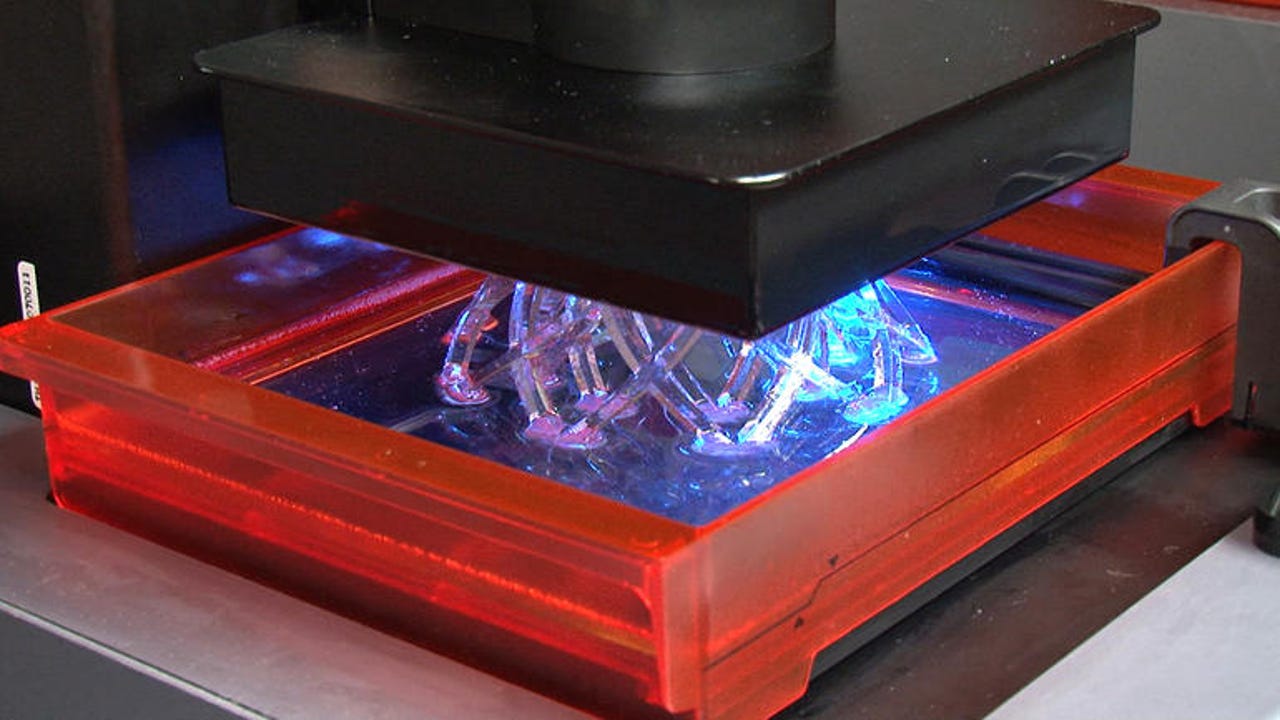Don't mind the critics: 3D printing is fulfilling its promise

Form Labs Form 2 3D printer
It seems that 3D printing, also known as additive manufacturing, may be crossing a threshold from a period of hype and experimentation into one of rapid deployment and maturation. The technology has long been touted as a potentially revolutionary development for manufacturers. That optimism quickly gave way to a chorus of skeptics and falling stock prices.
Robotics
But 3D-printed parts and products are quickly making their way into end products -- from a printed car to athletic shoes to a working NASA rocket engine. 3D printers are helping small companies prototype and manufacture at low costs with increasing quality while industrial 3D printers, once almost exclusively used for prototyping, are being rolled out on production lines. Filaments are getting stronger, resolutions higher, and a wider variety of materials can be printed with additive manufacturing, including metals.
So has 3D printing delivered on its promise of a manufacturing revolution?
Let's look at the numbers. Research firm PwC, in conjunction with the Manufacturing Institute, just released results from a survey on the deployment of 3D printing in the commercial space, an update from a similar survey in 2014, and the findings are pretty interesting.
It turns out that just over half of US manufacturers are actually using 3DP for prototyping and final products, compared to 35 percent two years ago.
"In 2014," according to the report, "38 percent of manufacturers expected 3DP to be used for high-volume production over the next 3-5 years. Now, 52 percent do."
That's significant, because it means the technology is broadening its reach into actual production, which is where it can really disrupt how supply chains have traditionally worked. Almost a third of US manufacturers are applying 3D printing technology in some way, up slightly from 67 percent in 2014.
But when PwC looked at how the technology is being used, they saw that a much higher percentage of manufacturers, compared to two years ago are using it for prototyping (31.4 percent), the production of end-products (6.6 percent) -- or both (13.2 percent). At the same time, fewer (17.4 percent) are merely "experimenting to determine" how the technology may be useful to their operations -- down from two years ago when 28.9 percent said they were in the tinkering phase.
Not only that, but a significant percentage of manufacturers (42 percent) now believe that 3D printing will likely be primarily used for high-volume production in the next 3-5 years, up slightly from two years ago, when 38 percent felt that that was the case.
But there are still some barriers, and those mainly come in the form of cost and quality. 3D printing still suffers some refinement woes.
Manufactures need reliable quality at high speeds, and that's usually an either/or predicament when it comes to current additive manufacturing technologies.
And there's still some queasiness in manufacturing over the implications of 3D printing on intellectual property. In the PwC survey, 22.3 percent of respondents said the threat to intellectual property was the biggest way 3D printing would disrupt industry, which is the same number that rated supply chain reorganization as the top way the technology would change manufacturing.
It's becoming easier for manufacturers to assess how to shape or expand a 3D printing program as more 3D printing hardware and software products are entering the market and as costs of the technology fall swiftly. As with any disruptive technology adoption, businesses take different directions and wade in at different speeds.
But the numbers are clear. The 3D printing revolution is afoot in the U.S.
